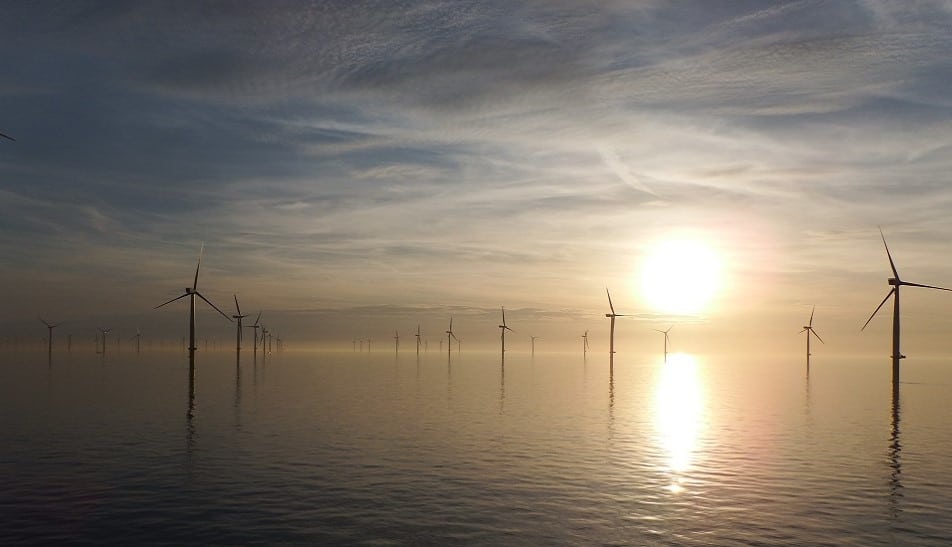UK Sets £1.08bn Budget for Offshore Wind Auction

The UK government has announced a substantial budget of £1.08 billion ($1.44 billion) for developers participating in the upcoming AR7 contracts for difference auction. This funding aims to bolster the country’s offshore wind energy capabilities, with specific allocations for both fixed-bottom and floating wind projects. The auction is set to take place from November 11 to 17, with results expected on January 14.
Funding Breakdown and Auction Details
The budget includes £900 million ($1.2 billion) earmarked for fixed-bottom offshore wind projects, which are scheduled for delivery between 2028 and 2031. Additionally, £180 million ($240 million) is designated for floating wind projects, with delivery years set for 2028 and 2029. Both funding amounts are calculated in 2024 prices and come without any overall capacity caps, according to the UK’s Department for Energy Security and Net Zero.
For the auction, an administrative strike price has been established at £113 per megawatt-hour (MWh) for fixed-bottom projects, while floating wind projects are set at £271/MWh. These prices are also based on 2024 projections. UK Energy Minister Michael Shanks emphasized that this auction represents a significant move towards achieving energy independence and reducing reliance on fluctuating global gas prices. He stated, “Our competitive new auction process will allow us to buy the right amount of clean power at the right price on behalf of the British people.”
Industry Response and Future Outlook
Despite the government’s optimistic outlook, the offshore wind industry has expressed concerns regarding the allocated budget. RenewableUK, a leading industry body, indicated that the funding would only cover about a quarter of the 20 gigawatts (GW) of projects that have already received planning permission. Ana Musat, the executive director of policy at RenewableUK, stated that the budget falls short of what is necessary to maximize investment in new offshore wind farms.
Experts have suggested that a budget closer to £2 billion would be required to keep the UK on track for its goal of decarbonizing electricity generation by 2030. However, there is a silver lining; Chris Stark, head of the new Mission Control for Clean Power, noted that the government is open to contracting additional offshore wind generation if it proves to be cost-effective for consumers. This flexibility may provide a pathway for future investments in the sector, ensuring that the UK continues to progress towards its clean energy objectives.
